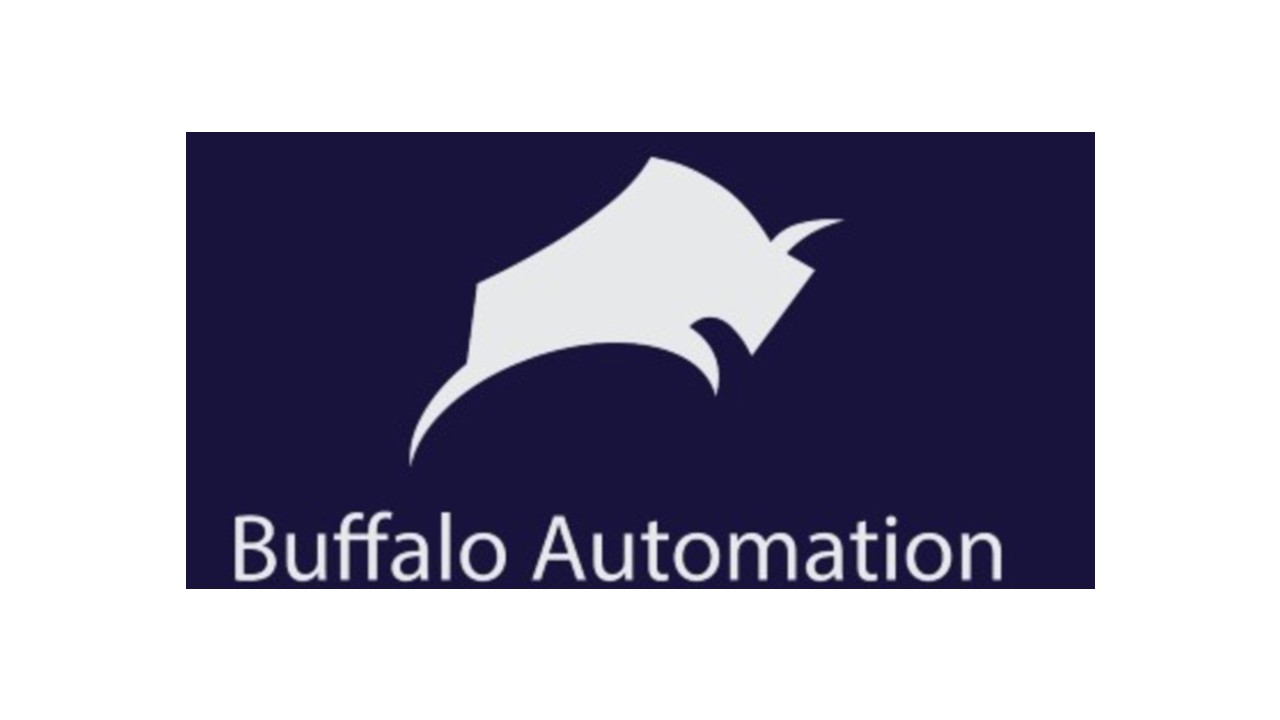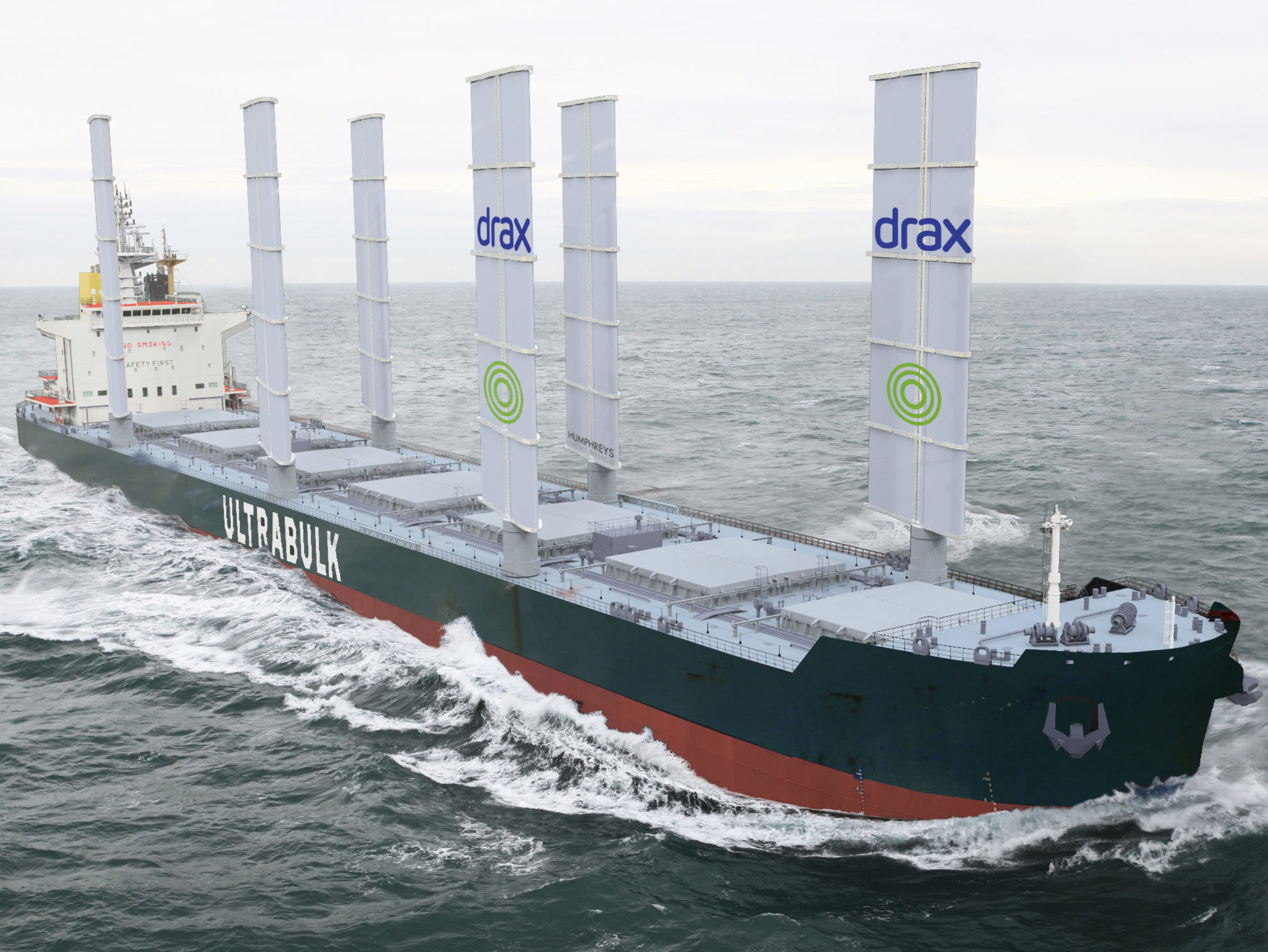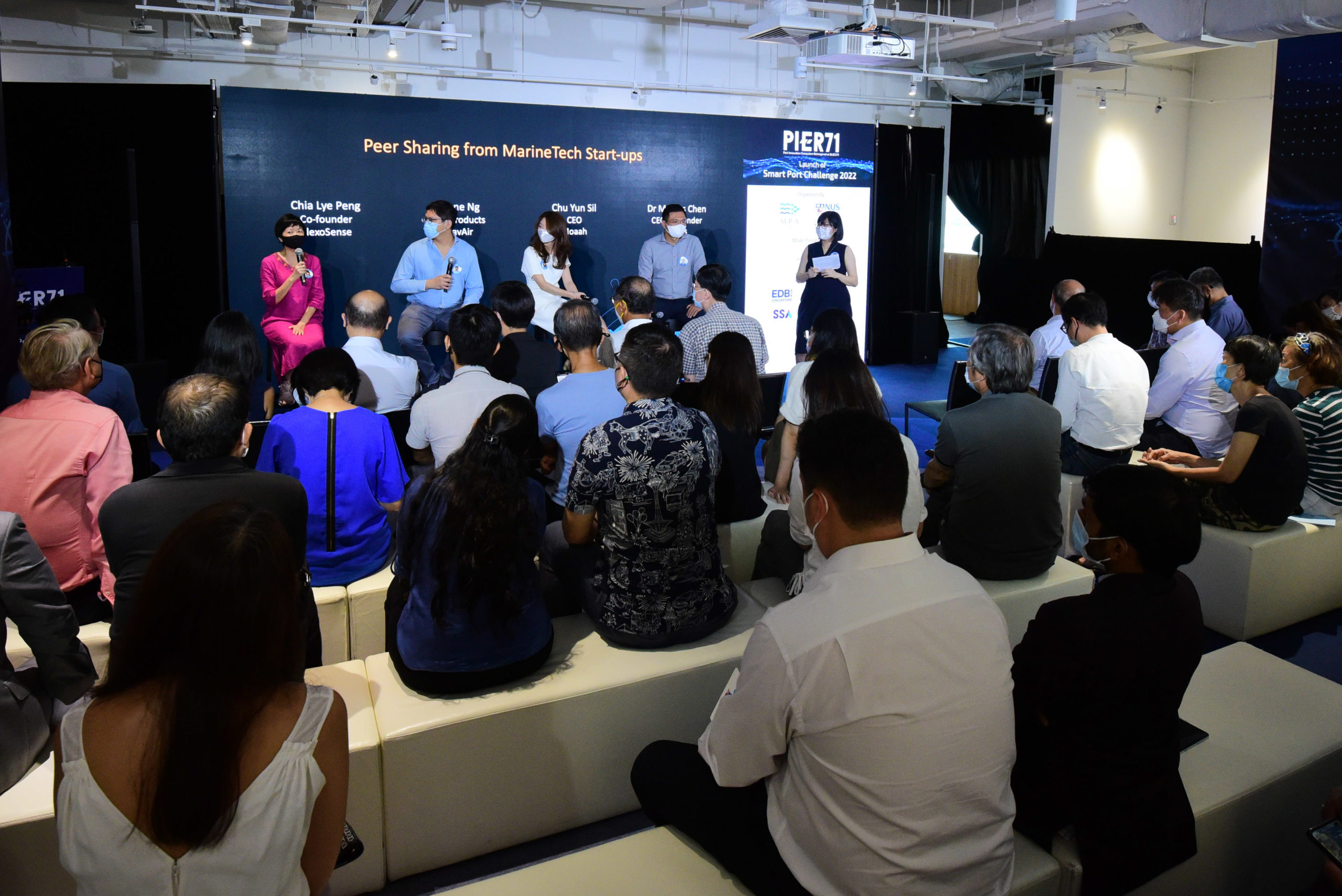US-based Buffalo Automation has developed a predictive navigation system that also has the potential to provide full vessel autonomy.
Founded in 2015, Buffalo Automation grew out of a course project at the University of Buffalo that saw CEO Thiru Vikram and two fellow students developing a fully autonomous electrically-powered catamaran. “There was a class where you had to make an automated vehicle,” Vikram says. “Most people chose flying drones [but] we saw an opportunity with the lake in the middle of the University.”
While the catamaran had limited commercial potential “other than maybe for surveys”, it nevertheless aroused the interest of a shipping company that the nascent Buffalo Automation showed it to. The upshot of this was a collaboration that saw Buffalo Automation developing its flagship product, AutoMate.
Combining an array of shipboard cameras, radar, lidar and other sensors with artificial intelligence, machine learning and neural networks, AutoMate is able to ‘see’ in complete darkness. Furthermore, Vikram explains, it builds upon the technology used to turn the aforementioned catamaran into “an automated self-driving vehicle except instead of automating [a customer’s vessel] it helps the crew make better navigation decisions”.
One way it does this is by continually scanning the vessel’s surroundings for potential hazards, with the system’s radar, for instance, able to sweep distances of up to 24 nautical miles. “If the cameras, radars or lidars detect any other vessel [or] something that could potentially result in a collision, it gives out a warning to the mates that are on duty,” he says.
Currently installed on a number of vessels operating on the North American Great Lakes, the AutoMate system also keeps the captain continually aware of the distance between the ship, shore and any other pertinent features. In so doing, it negates the need to have crew positioned around the ship to call distances to the bridge via personal radios. “That’s been automated now,” Vikram says. “We have lasers that do that and we have a talking assistant in the pilot house that acts as the person standing at the bow or the stern.”

At the same time, the system’s lasers also furnish the crew with highly accurate depth measurements, with Vikram explaining that AutoMate ‘s AI is able to account for any turbulence or detritus on the water to provide a ship’s “real draft instantaneously”. What’s more, the company is also working on a further enhancement to AutoMate that will enable it to automate lock transits, something that is of particular salience to inland shipping and something that currently requires a significant of degree of skill and expertise.
Moreover, “from the get-go”, Buffalo Automation has “put all the equipment and sensors that you would need for fully autonomous [control] and remote monitoring” into the AutoMate system. As such, the system “could easily transition” into much more than just a boon to navigation should the need arise. “We have all the sensors and control equipment for full autonomy, so really it’s just waiting for the regulations to change,” Vikram reports.
“Hopefully, one day it’ll drive the ship,” he continues. Indeed, with much of the capital expenditure having been put up during the initially installation of the AutoMate system, such a switch would essentially be just “a software update”.
“We have collected more data than anyone else. While we have been providing this navigation assistance system, what it’s really doing is learning how to navigate the ship from the crew,” he says. “We’ve collected a lot of data and then trained our algorithms on that data.”
While other companies might tailor their algorithms to the idiosyncrasies of a specific newbuild, Buffalo Automation has always sought to provide a system that can be retrofitted to any vessel regardless of age or class. “It observes how the ship is navigating and then it builds the model on its own. What that means is we can take our technology and put it on different ships,” he says.
However, when it comes to the development of fully autonomous vessels, Vikram sees only limited scope when it comes to deep sea applications, noting that current propulsion systems will always require the presence of a human crew to perform ongoing and essential maintenance. When it comes to inland shipping, though, where sailing times are generally much shorter and labour costs typically much higher, he identifies many more potential opportunities.
In addition to vessels being captained remotely from the shore, he also envisages a situation where onboard maintenance crews could be replaced by port-based ones that only come aboard when the otherwise unmanned ship is loading or unloading. Such a scenario, he says, would be very similar to how general contractors are employed at presented to fit or repair specific equipment when a ship is in port.
In addition to AutoMate, Buffalo Automation’s other main product is Pegasus, a system that enables speedboats to drive autonomously at low speeds in restricted waterways. While this particular product is aimed primarily at the recreational boating market, it nonetheless has potential applications within ports, such for transporting pilots to and from vessels. Similarly, the company is also developing an unmanned electric water taxi that it hopes to launch in the coming months, present pandemic permitting.
More information on the company can be found at the Buffalo Automation website


































